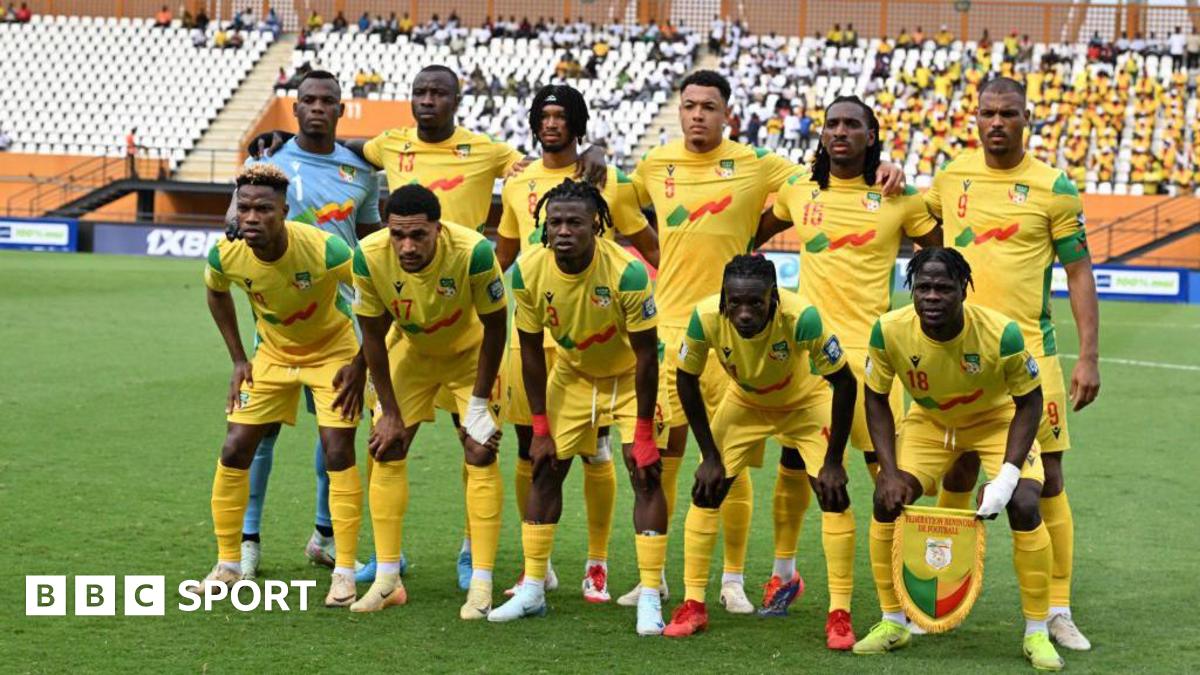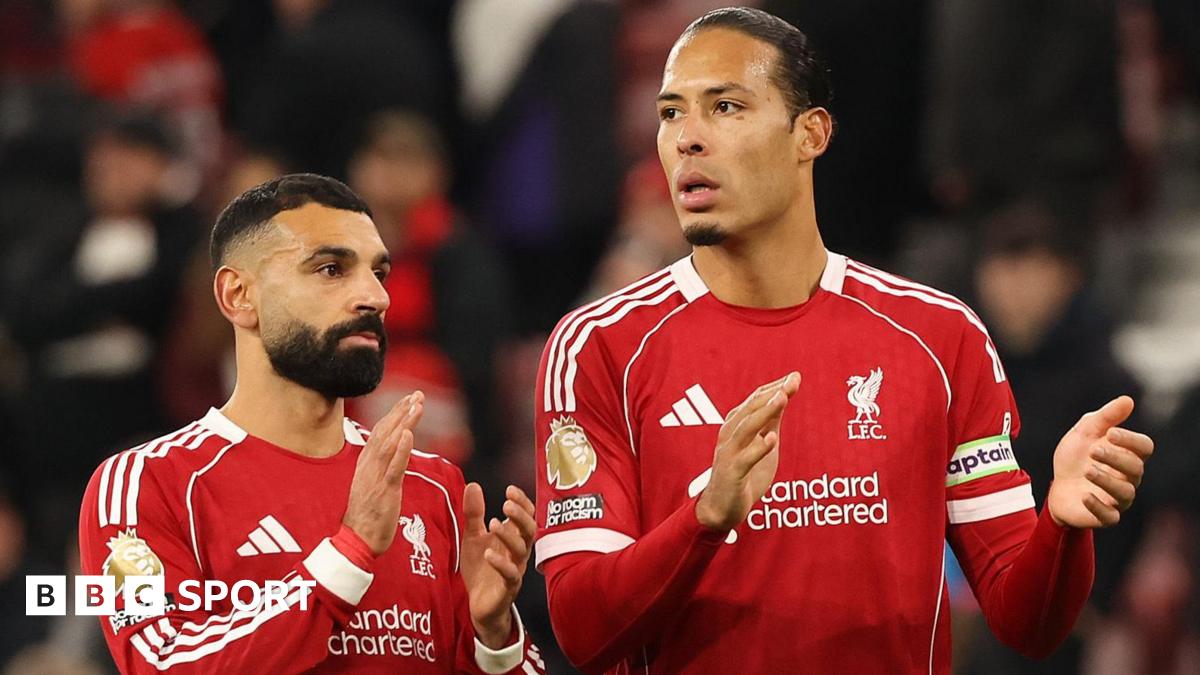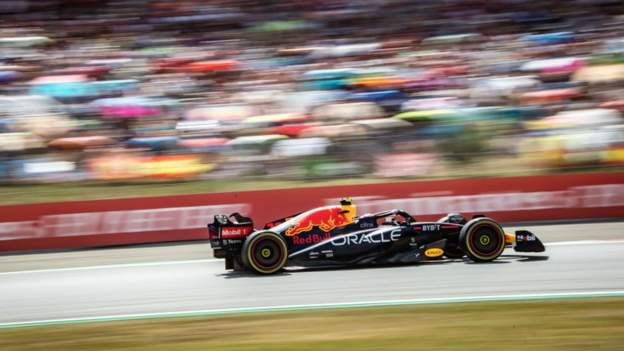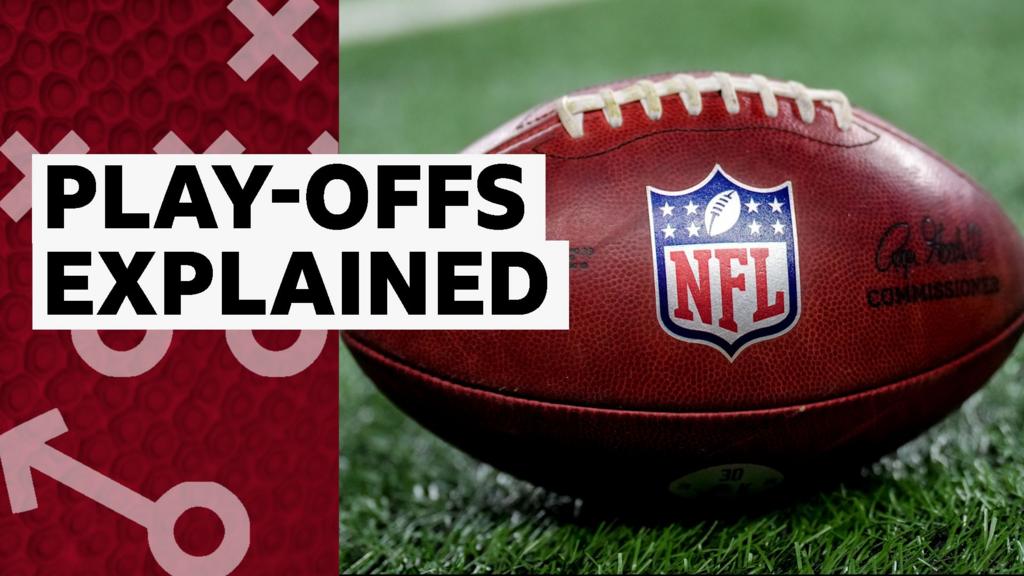Formula 1 teams will be forced to miss races this season unless the sport’s budget cap is increased, says Red Bull team principal Christian Horner.
The current budget limit is $140m (£111m).
“Seven of the teams would probably need to miss the last four races to come within the cap this year,” he said.
“It’s not just about the big teams. It’s teams in the middle of the field who are really struggling with inflationary issues.”
Horner, whose Red Bull team lead the drivers’ championship, through Max Verstappen, as well as the constructors’ championship, said F1’s governing body the FIA “needs to address” the problem.
He added: “The FIA has a duty of care. I know they are taking it seriously.
“Energy bills, costs of living, costs are going exponentially, and F1 is not exempt. Freight has quadrupled and that’s not something we can control.”
Horner’s position is backed by title rivals Ferrari, world champions Mercedes and McLaren.
But the Alfa Romeo, Alpine, Haas and Williams teams all voted against a proposal for an inflationary adjustment based on International Monetary Fund inflation figures when it was proposed last month at an F1 Commission meeting of teams, the FIA and commercial rights holder F1.
Alpine team principal Otmar Szafnauer said: “We’ve set our budgets early, we kind of anticipated a little bit of the inflation. Inflation didn’t just creep up on us. If we can do it, for sure others can do it too. I’m not for just increasing the cap.
“When freight costs go up by 2.5m or 3.5m but your development budget is 20m, can you not make your development budget 17m and still be under the cap? You can.
“What that then does is it limits your development. So it’s a lot easier, if you have the money, to go to the FIA and lobby to raise the cap and keep your development budget the same.”
An Aston Martin spokesperson said: “We support a budget cap increase in line with inflation but do not see the need for an increase greater than that.”
A spokesman said that the FIA was looking into the issue on an ongoing basis.
Some teams are concerned that the top teams are arguing the case for a budget-cap increase as a way of maintaining their high levels of spending.
Some of the smaller teams have budgets lower than the cap, and they say that increasing it would only increase the inequity across the field – which is counter to the aim of the rule changes introduced by the FIA and F1.
In addition, some sources say the bigger teams are trying to compound the effect of inflation into next year, which could end up increasing the cap by as much as $15m.
The cap was introduced last year as one of a number of ways to attempt to level the field and reduce the gaps between teams. It started at $145m (£115m) in 2021, and is set to reduce by a further $5m (£3.97m) in 2023.
However, the bigger teams contrast their flexible approach during the Covid crisis in 2020 with what they see as the intransigence of the smaller teams now.
Before the pandemic, the budget cap had been set to come in at $175m (£139m) in 2021. But the big teams agreed to a $30m (£23m) reduction in the early months of the pandemic because of the threat Covid was perceived to pose to the survival of the sport.
The leading teams point out that the cost of air freight has increased by 50% this year, and utilities required to run their factories are as much as three times more than they were.
They say the situation is serious enough that they will have to choose between not attending races or sacking hundreds of people across the industry if the cap is not increased.
They also argue that if the majority of the grid ends up breaching the cap this year, then the validity of the cap itself is at risk.
Sanctions for breaking the cap are not precisely defined, but if the breach is serious a team could even be disqualified from the championship.
One possible compromise is for teams to overspend by 5%, an amount which a mechanism in the rules dictates will be treated as a minor offence.




















